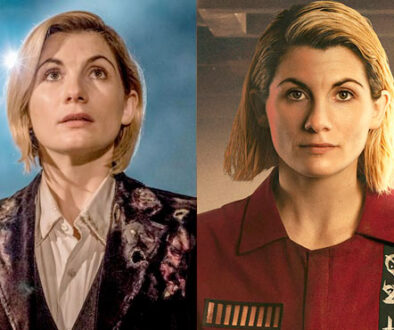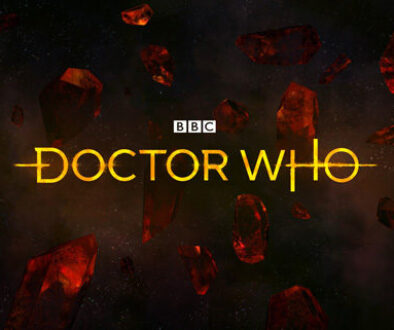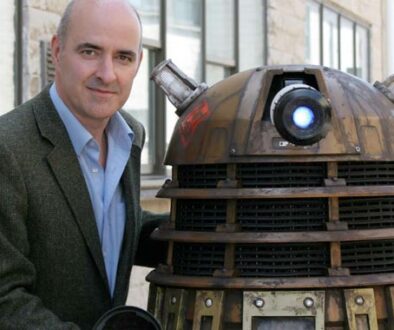“Praxeus” Review – Sure to Be Underrated by Comparison
Clint Hassell gives his SPOILER-filled commentary on the sixth episode of Series 12.

Note: this review contains full SPOILERS for episode 6 of Series 12.
Pity poor “Praxeus.” Forced to follow the epic reveals of “Fugitive of the Judoon,” “Praxeus” is surely doomed to be considered an underwhelming follow-up. That’s a shame, as Pete McTighe’s sophomore effort – – co-written with showrunner Chris Chibnall – – is a solid offering, deftly skipping several tropes of standard Who adventures and dabbling in subtext to establish McTighe as one of Doctor Who’s best scriptwriters.
Its plot having been teased in the final moments of “Fugitive of the Judoon,” “Praxeus” wisely jumps directly into the action with no time wasted on scenes of the Doctor identifying the various problems or assigning her companions to their roles. Rather, the opening scenes focus on this week’s guest cast, introducing them in a Sense8-esque series of interwoven scenes that demonstrate how the characters are connected via their proximity to the alien threat, if not to each other. This emphasizes both the episode’s globe-spanning setting and the Doctor’s introductory message of interconnectivity. Additionally, the Time Lord herself flits between these scenes, without cursory shots of her flipping levers or of the TARDIS in the time vortex, allowing her presence – – and Segun Akinola’s continuous, driving electronic score – – to serve as connective tissue between the disparate narrative threads. This trend continues later in the episode, as the standard traveling montage is replaced by a quiet conversation between Ryan and Gabriella in a dimly lit TARDIS. Isn’t this bit of character examination a better use of the episode’s runtime?

Having extra time to develop this week’s sprawling guest cast helps, and McTighe and Chibnall make the most of these diverse characters to really sell the adventure’s continent-crossing plot. Wisely, the Praxeus bacteria itself is the villain – – as opposed to, say, merely being the deadly weapon of an alien warlord, who himself would need to be developed as a character. This frees even more of the episode’s runtime to the guest cast, each of whom contributes effectively to the story. Note that Joyce helps frame Jake’s backstory, and Aramu recognizes the murmuring birds as foreign to Madagascar (before, yes, being unceremoniously killed). It’s especially impressive that McTighe and Chibnall resist the urge to turn Suki into a megalomaniacal menace; the story doesn’t need it, as the Praxeus bacteria and the attacking birds provide more than enough of a physical threat. Suki is a misguided scientist, but not evil, per se, so it is sensible when she isn’t conventionally intimidating or threatening.
Most impressively, McTighe and Chibnall deftly utilize subtext to bolster the script’s patent plot. McTighe has proven gifted at this before, as his “Kerblam!” was a wonderfully shaded, satirical look at the evils of mercantilism. Note that, while Earth’s pollution is certainly a mitigating factor in the story, it is the Praxeus bacteria and the actions of Suki’s alien race that are the cause of the string of deaths. This distinction is important. While the message of “Praxeus” isn’t exactly subtle – – and there’s no reason one should expect it to be – – it’s not as preachy as “Orphan 55,” “Rosa,” or “Demons of the Punjab.” The audience is left to infer how their daily actions might contribute to the events in the story, rather than the episode ending with a stern lecture from the Doctor to her companions.
This is not to say that “Praxeus” is a flawless episode. While much of the epidemiology in the episode holds up well enough, it is ridiculous to think that the Doctor, Suki, and Amaru aren’t exposed to Praxeus bacteria as they surely inhale airborne particles from Zach Olson’s suddenly exploding corpse. Same for Ryan, who touches Jamila’s facial welts. Further, the Praxeus bacteria seems to affect everyone differently, with Zach remaining alive and conscious until succumbing to the effects of his infection, while an already-dead Jamila seems to be reanimated by the microorganisms. Later in the episode, the Doctor and company are unaware that Amaru has been killed by attacking birds, yet voice no concern for his safety or inquire as to his whereabouts as they flee Madagascar in the TARDIS. Conveniently, the episode offers no concrete reason why the microscopic alien bacteria would create humanoid-sized tunnels out of plastic under the Indian Ocean.
Random Musings
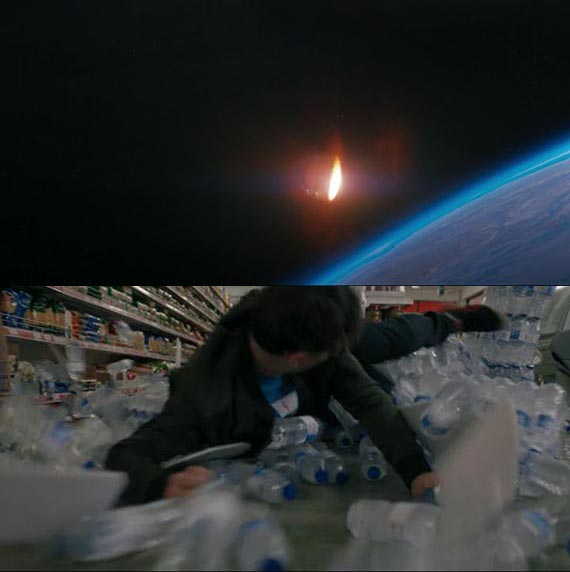
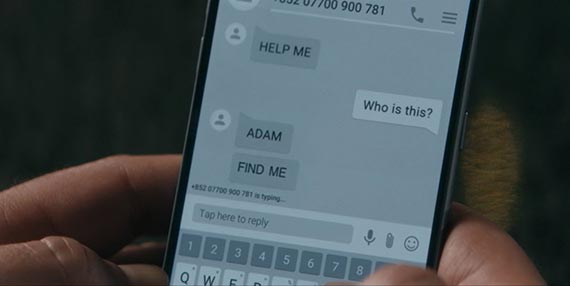
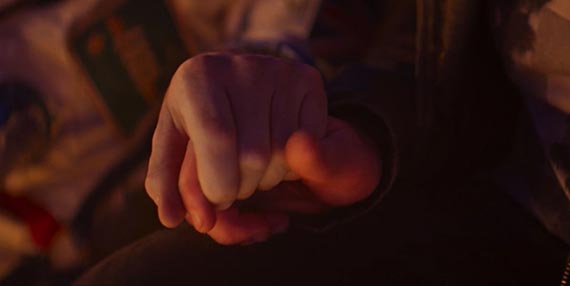
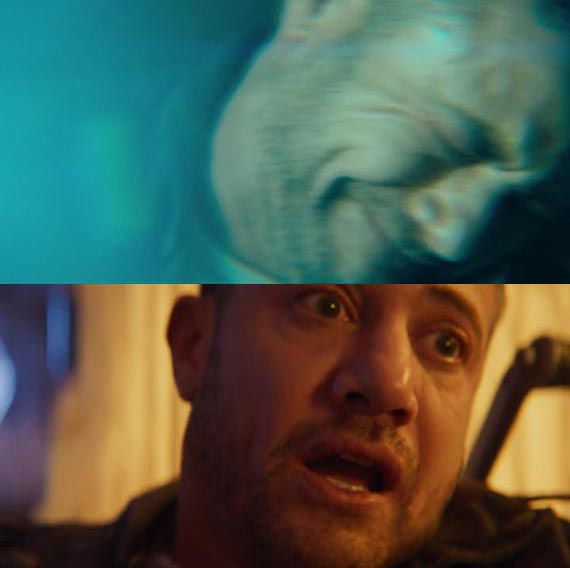
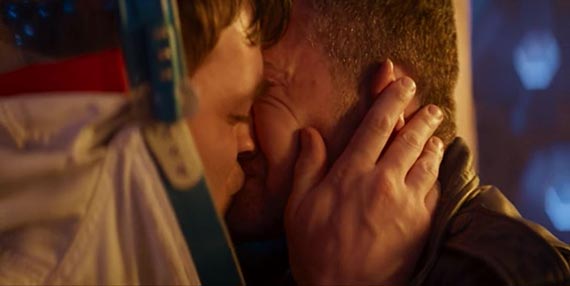
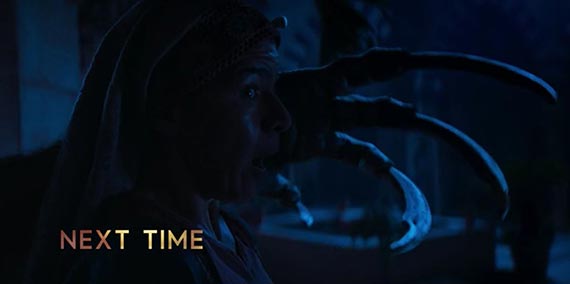
(Time) Capsule Review
The biggest problem with “Praxeus” is that it follows an episode featuring the Judoon, the surprise return of Captain Jack Harkness, and the reveal of a new iteration of the Doctor – – and will probably be judged as underwhelming, by comparison. Following on his sublime “Kerblam!,” Pete McTighe wisely eschews extraneous dialogue, freeing up screen time for a larger, effectively-utilized guest cast that sells the adventure’s globe-spanning nature. By not vilifying the plastic pollution itself, but featuring it as a mitigating factor in the spread of the bacterial infection, McTighe is able to convey an anti-pollution message, via subtext, in a way that is poignant but not preachy.



